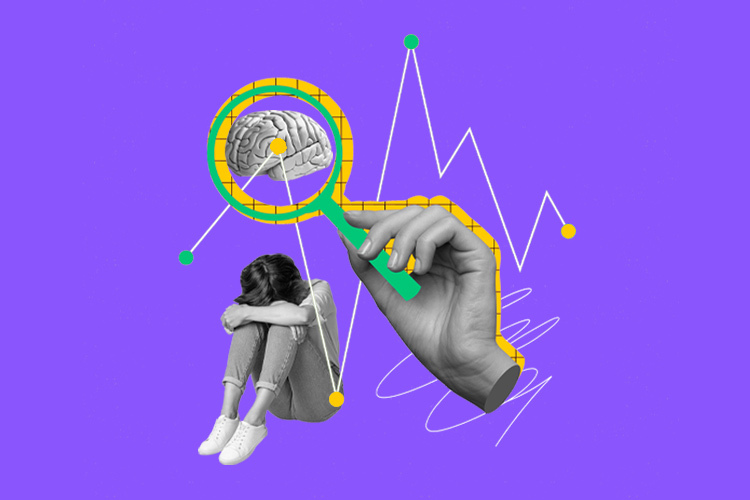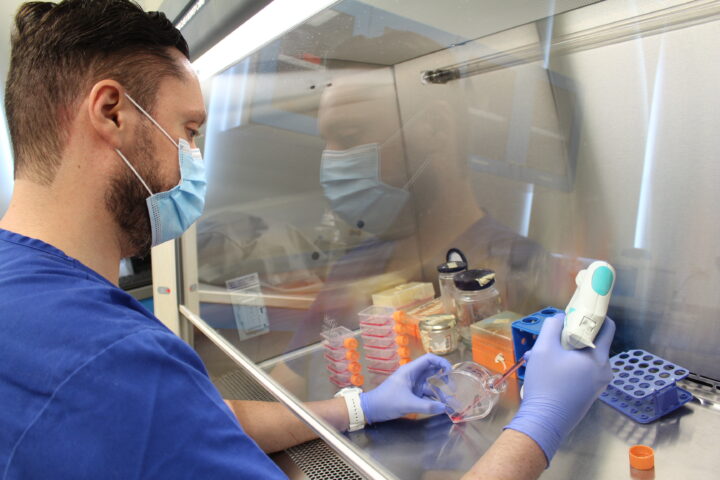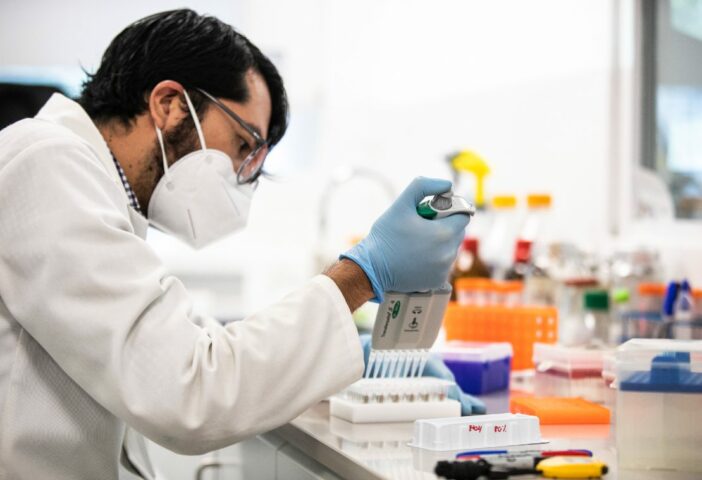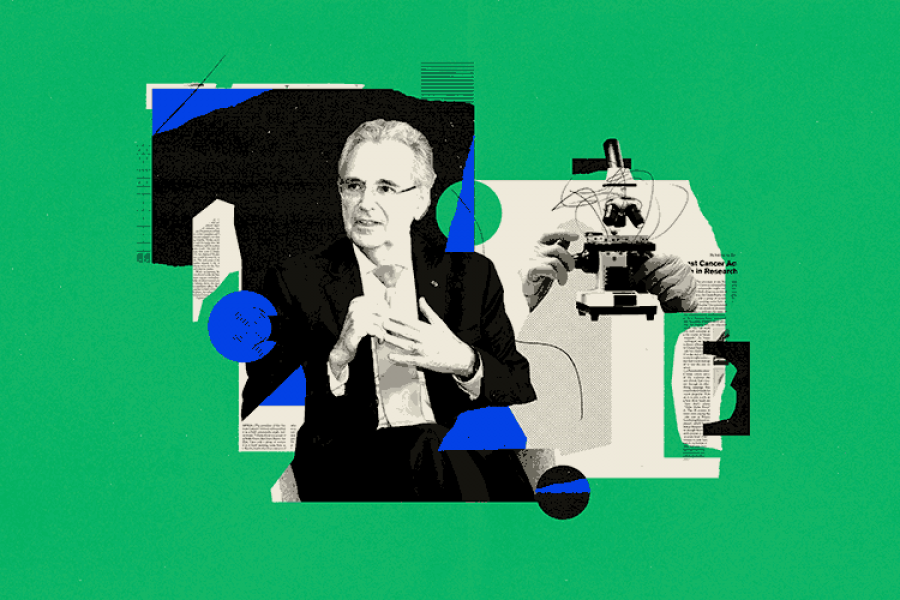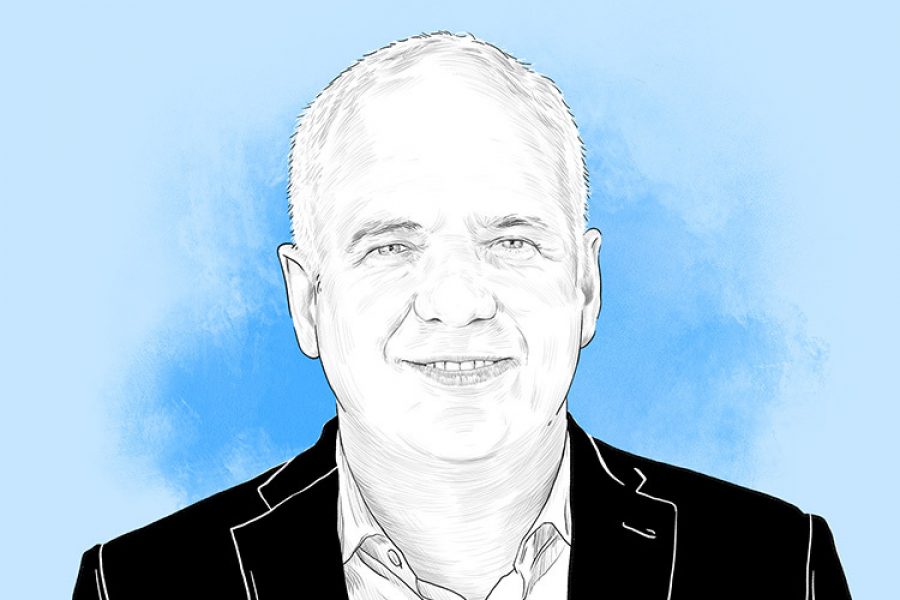María did not like being touched as a baby. She allowed only her parents to hold her, and she would cry and cling tightly to her mother’s arms when people tried to get close to her. People said she was a “very spoiled” little girl. During her school years, although she was a quieter and calmer child than the other children, she also asked for precise instructions for daily classroom activities. This led her teachers to claim that this made her “proactive.” Some time later, at the age of 22, she began to scratch the walls of her room. Her mother, alarmed, rushed her to the hospital. She had her first contact with mental health specialists at that age, when she was already an adult.
Two years passed since that episode –and treatments for depression, anxiety, and nervous colitis– to finally find the diagnosis that would change her life: Autism Spectrum Disorder (ASD).
“The diagnosis gave me lots and lots of answers: like why it was so difficult for me to go out to parties and family gatherings or why I asked such specific questions”, says María Gómez, now 30, in an interview with TecScience.
María is not the only one. Since 2020, women with autism have begun to open up and discuss their condition and the underdiagnosis of ASD in girls and women and the possible effect of gender bias on early detection.
For example, until a few years ago, specialized organizations stated that there is one woman to every four men living with ASD. This gap has become narrower over a short period of time, and now it is estimated that the proportion is one girl or woman with autism to every 3.2 boys or men, according to Confederación Autismo España (Autism Confederation Spain).
In addition, a 2014 study by researchers Nicole Kreisel and Susan White from the Department of Psychology at Virginia Tech points out that gender is a particularly important difference in the treatment of ASD in women who face particularly difficult social challenges, such as violence in their personal relationships and risk of sexual violence.
In María’s case, for example, she was sexually abused by a man in her family from the age of 4 to the age of 22. Her difficulty in expressing her feelings and emotions made it more difficult to detect and end the abuse.
“Autism made it more complicated because it’s already difficult to identify and express what you feel when you grow up with sexual abuse – as in my case. I’m still learning what my emotions are”, she says.
It is not that she does not feel the emotions, but she does not know how to identify and classify them because of her condition. “I know that abuse isn’t a positive thing under any circumstance, but it’s more difficult when you have a condition”, says María Gómez, who wasn’t able to disclose the experience to her family until she was 30 years old, shortly after her niece was born, whom she wants to protect from the person who harmed her.
Autism In Girls And Women: The Long Road To Diagnosis
The first mental health specialists who treated María took a little more than two years to come to the conclusion that it was autism, not depression or anxiety.
Neuropsychologist Tania Gómez, who specializes in cognitive and behavioral profiling and neurodevelopment in children and adolescents, explains that many specialists do not take into account a person’s circumstance and education with respect to gender. One example is that women are often taught not to “explode with anger”.
“So, you have women who reach adulthood, come to clinics, and are diagnosed with depression or anxiety, when in fact they have an attention deficit, have been frustrated, and have a poor self-image because they need to work on aspects of their attention regulation. Something similar happens with ASD”, she says.
Another obstacle is masking, which is very common among girls and women. When forced to comply with social functions related to their assigned gender role, “they camouflage their true characteristics”, explains Grisel Salmerón of Iluminemos por el Autismo (Let’s Shine a Light on Autism), a Mexican organization dedicated to being the first contact for people with autism and their families with specialists or support groups.
However, the specialist says that this has important consequences for their mental health: masking causes anxiety and burnout. In fact, research from the Karolinska Institute in Stockholm indicates that 77% of women with ASD received a psychiatric diagnosis, compared to 62% of men with the same disorder.
That is, women with autism have a particularly higher risk of anxiety, depression, and sleep disorders.
In addition, the same research points out that women with ASD are at higher risk of psychiatric hospitalization: at age 25, 22.1% of women with autism included in the research had a psychiatric hospitalization compared to 10.9% of men with the same disorder.
In María’s case, her first diagnosis in 2016 was depression. She was sent to the psychiatric department when her mother decided to take her to a neurologist after she scratched the walls of her room in an episode of deep frustration.
The Weight Of Gender Bias In Diagnosing ASD In Girls And Women
“Autism is, in itself, difficult to diagnose”, explains Grisel Salmerón. “There’s an underdiagnosis in women and girls because many behaviors are labeled as ‘something else’”.
Grisel explains that this confusion partly has to do with the fact that girls have higher socialization skills than boys, both because it is a skill that develops faster in the female brain and because of socially ascribed gender roles.
There are even studies, such as that of Baio et. al. in 2014, which indicate that social and communication skills may be better in the case of girls. This, together with what Grisel Salmerón explains, makes it more difficult to reach an ASD diagnosis.
“Autism screening tests are made for men, taking into account their characteristics”, points out the activist who explains that the main tests used by specialists for the detection of ASD were designed through interviews, questionnaires, and observation in male populations.
Currently the two main tests for the diagnosis of autism are the ADOS-2 and ADO-R tests, which respectively assess communication skills, social interaction and play, and use of materials, and clinical interviews to explore language, reciprocal social interaction, and restricted behaviors and interests.
For example, María García finds it difficult to socialize and was constantly labeled a stubborn woman by her extended family.
For neuropsychologist Tania Gómez, who studied a PhD in Psychology at UNAM, the underdiagnosis of ASD in women is related to a cultural problem.
Since there is no differentiated diagnosis with men, women with this condition may be perceived as cold, lonely, or disinterested rather than as having autism. “Culturally, women are taught to regulate our emotions, to control our temper. Sudden expressions of emotions or behaviors may be limited and not seen at a clinical level, and these behaviors may seem like a lack of empathy or a lack of adaptability to the principles of social norms”.
Something like that happened to María García. When she visited her grandparents’ house as a little girl, less than 5 years old, she would say “to the dark room!” in a serious, deeper voice and walk decisively to a cool, darkened room. The behavior was amusing to the adults in her family, but for María it was time for self-regulation.
Today, at the age of 30, accompanied by specialists who understand her condition, with a family that supports her and wants to understand her, and a personal determination to understand herself, María hopes to share her experience with more women and girls like her because “with my diagnosis, I was able to begin to imagine the idea of quality of life”.
